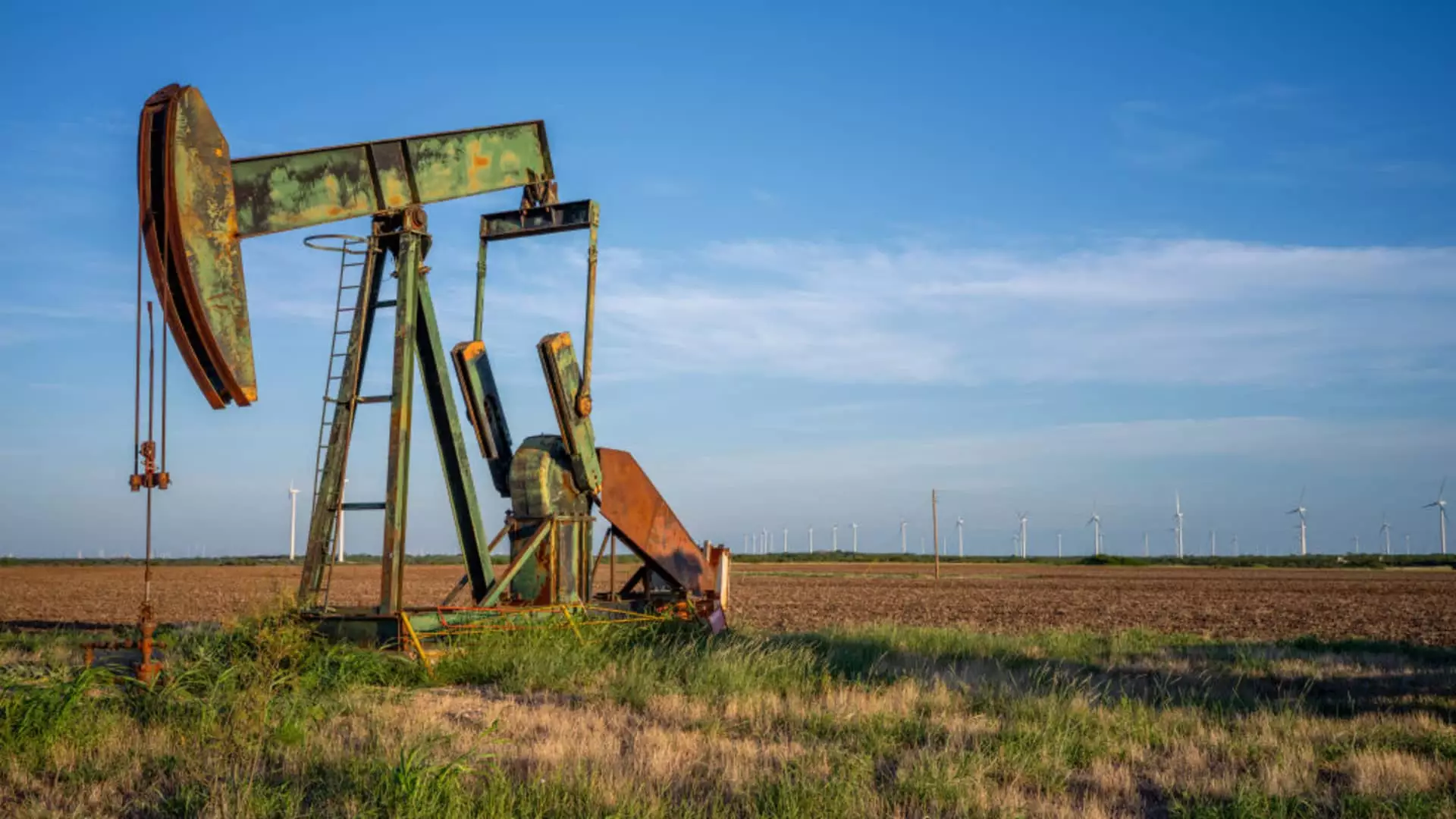In the often volatile landscape of the energy sector, Coterra Energy recently released its third-quarter results, revealing a nuanced picture of performance grounded in both promising revenue generation and cautionary earnings metrics. The company’s financial statements, released after market hours on a Thursday, highlight critical developments in production volumes and cash flow generation—two aspects that draw particularly keen interest from analysts and investors alike.
Coterra reported revenue totaling $1.36 billion for the three months ending September 30, positioning itself slightly ahead of analysts’ expectations, which estimated about $1.3 billion. This figure also mirrors the revenue reported during the same quarter of the previous year, indicating a flattening of sales year-over-year. However, despite this noteworthy achievement in terms of revenue, the adjusted diluted earnings per share disappointed, plummeting 36% to 32 cents, falling short of the anticipated 34 cents. This contraction in earnings is particularly striking against the backdrop of the company’s revenue success.
What seems to matter more to market participants, however, is free cash flow. Coterra’s effective management in generating cash despite the muted earnings figures can be a comforting sign for shareholders. The market’s reaction—an immediate decline in share prices following the announcement—highlights a fundamental paradigm shift: investors often prioritize cash generation over pure earnings when assessing operational robustness.
Coterra’s market identity, forged from the merger of Cabot Oil & Gas and Cimarex, reflects a commitment to a diversified asset portfolio and disciplined capital management. In a sector riddled with price volatility, the company’s strategic decisions regarding capital expenditures have proved prudent, as management adeptly navigates the challenges brought on by fluctuating energy prices.
During the third quarter, Coterra returned approximately $265 million to shareholders, distributing $154 million in dividends while executing $111 million in share repurchases—remarkably, this represents nearly 96% of the free cash flow generated within that quarter. Coterra’s commitment to paying out at least 50% of its annual free cash flow back to shareholders is a strong message about management’s focus on shareholder value and long-term sustainability.
Additionally, with $1.2 billion remaining under an existing $2 billion repurchase authorization, Coterra maintains a solid financial cushion and flexibility to bolster shareholder returns moving forward. The long-term commitment to returning cash to shareholders showcases the company’s robust operational ethos and signals confidence in future production capabilities.
Despite these strengths, Coterra has trimmed its discretionary cash flow outlook for the remainder of the year—from a previous estimate of $3.2 billion down to $2.9 billion. This recalibration, accompanied by a reduction in expected capital expenditures, reflects the inherent unpredictability of energy prices, which dictate both revenue streams and profit margins. With the fourth quarter looking to maintain various production targets, including total equivalent production ranging from 630 to 660 MBoepd, analysts are closely scrutinizing how the company adjusts to economic fluctuations.
Daniel Guffey, the company’s vice president of finance, articulated a somewhat optimistic perspective, suggesting that upcoming years, particularly 2025, may yield a more favorable natural gas market characterized by escalating LNG exports and rising electricity production demands. This foresight underscores a broader narrative of resilience as Coterra transitions towards more profitable avenues within its asset portfolio.
As Coterra Energy navigates the mixed results of its third-quarter performance, the overarching sentiment is one of cautious optimism. While the revenue figures cast a favorable light amidst the challenging earnings landscape, strategic decisions on cost management and shareholder returns set a strong foundation for the future. The company’s agile adaptations to external pressures, alongside its unwavering commitment to enhancing shareholder value, position it favorably within a complex energy sector.
As the company looks toward adjusting its operational strategies in response to overdue fluctuations in energy prices, investor attention will undoubtedly remain fixated on how well Coterra can balance its immediate financial needs with its long-term growth aspirations. In a market where uncertainty is commonplace, Coterra Energy’s calculated approach to its assets and financial commitments carries with it the potential for sustained growth and shareholder satisfaction in an increasingly unpredictable landscape.

